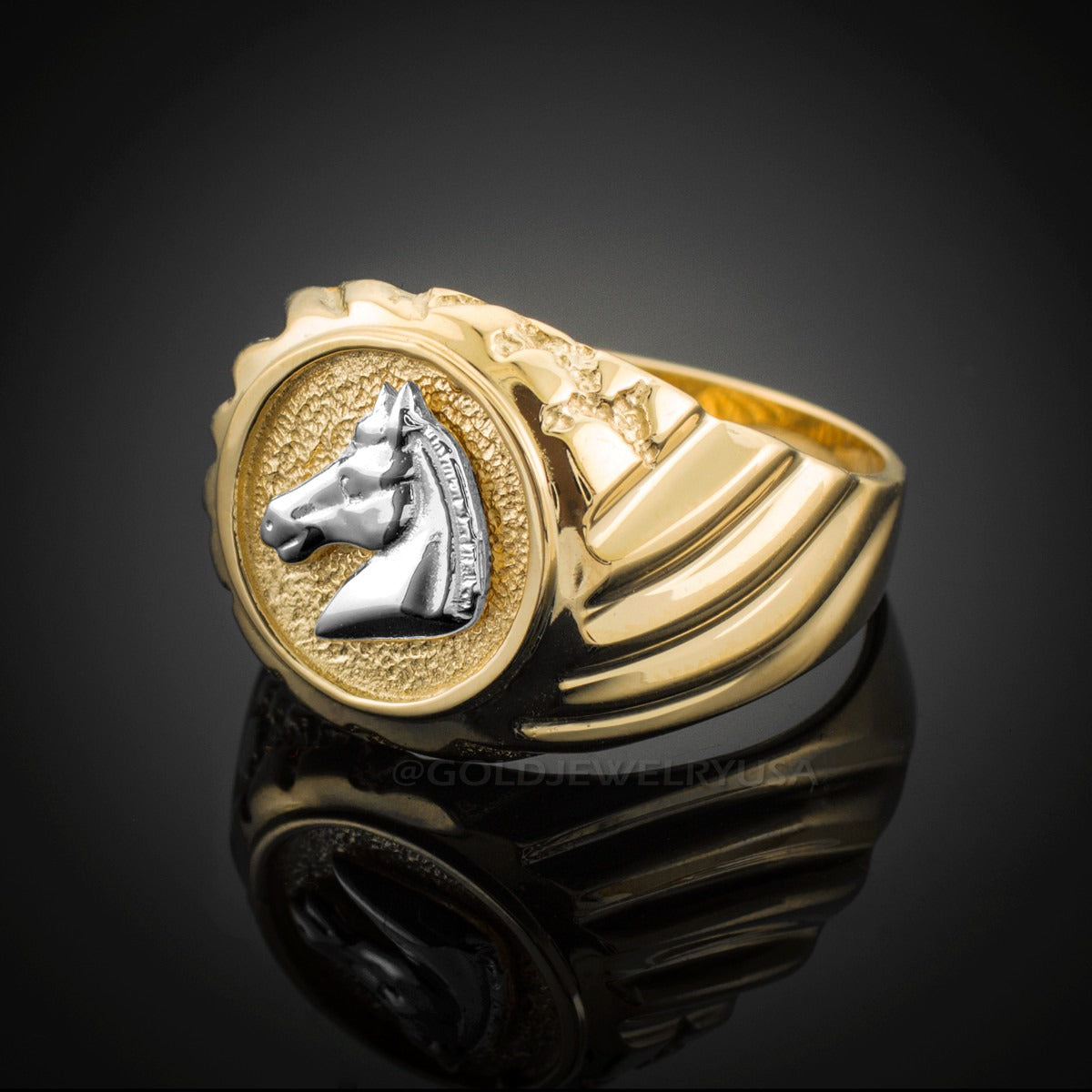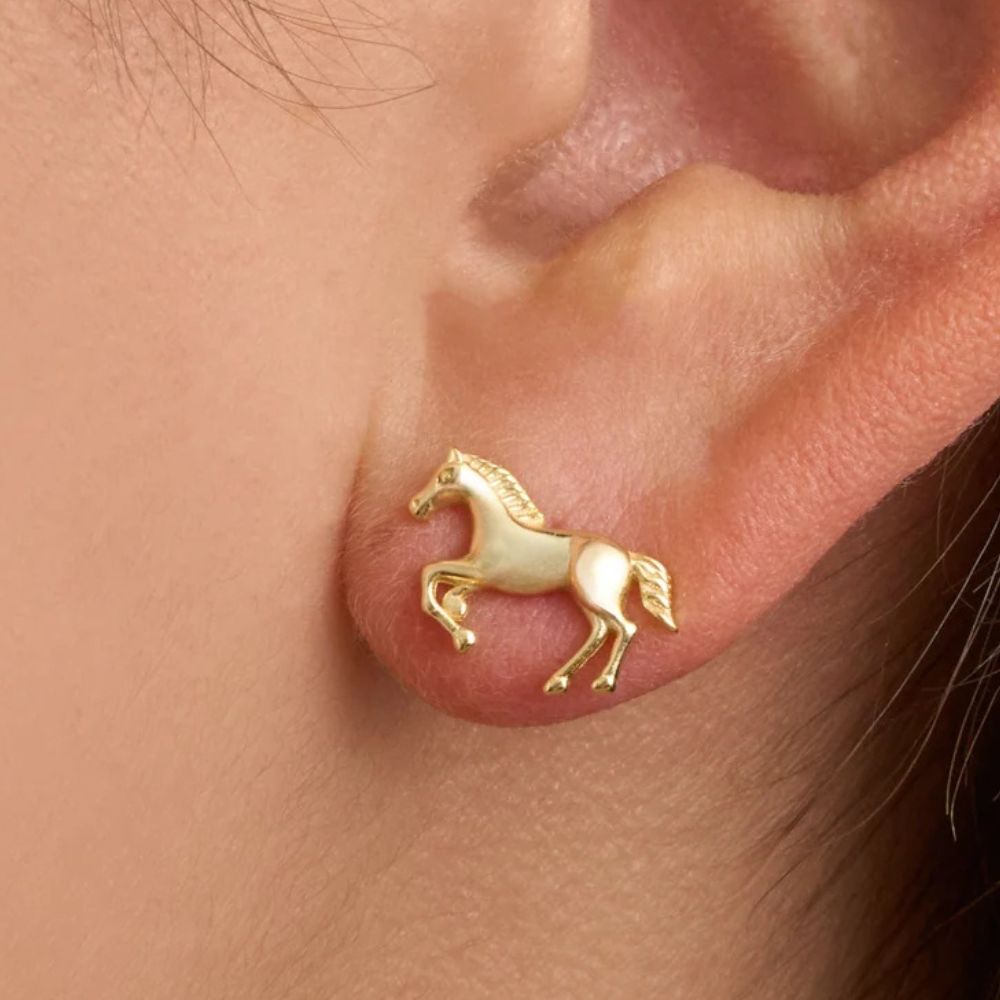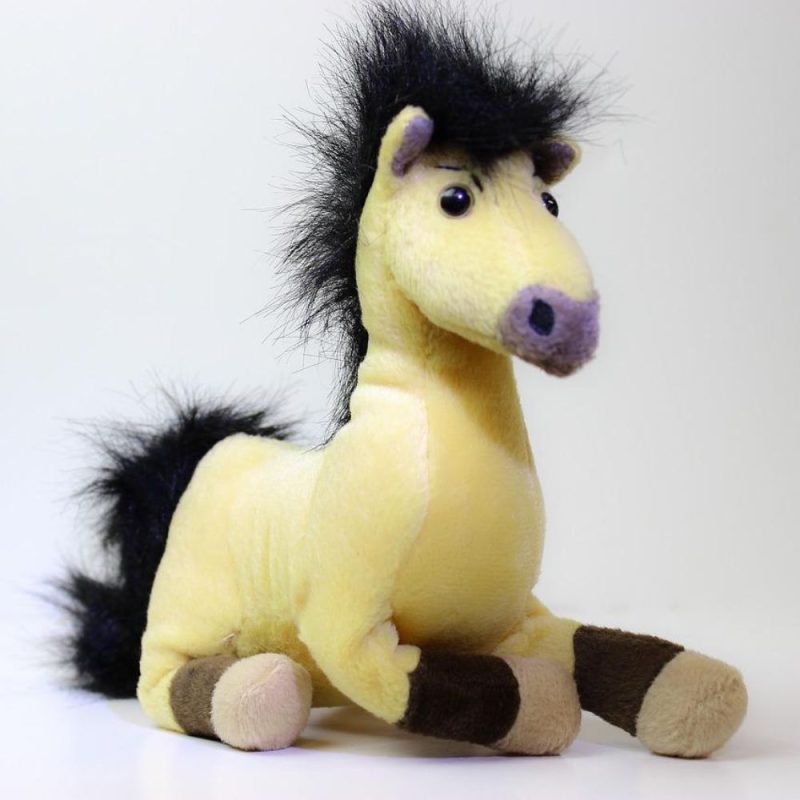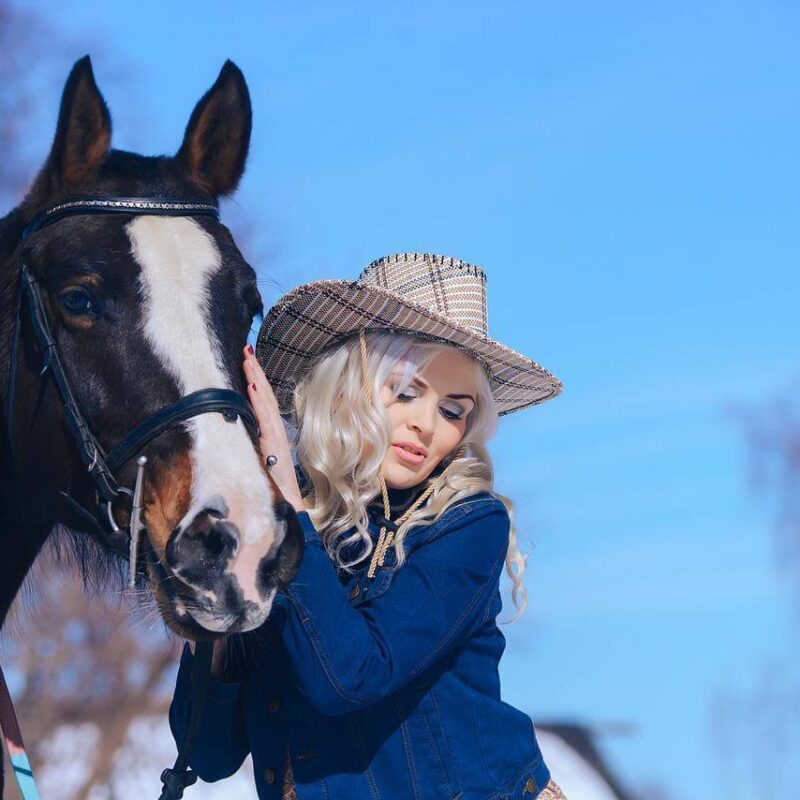
How Fast Can Horses Run With a Rider? Top Speeds Revealed
The rhythmic thunder of hooves pounding the earth, the exhilaration of wind rushing past—there’s nothing quite like the thrill of riding a horse at full speed. Whether you’re watching a racehorse blur past the finish line or galloping across an open field, it’s natural to wonder: how fast can horses really run with a rider? The answer isn’t just about raw speed; it’s a dance of breed, training, and sheer athleticism.
How Fast Can Horses Run With a Rider? The Numbers Behind the Speed
A horse carrying a rider can reach astonishing speeds, but the exact number depends on several factors. On average, a healthy horse galloping with a rider hits **30 to 40 mph (48–64 km/h)**. But let’s be honest—this isn’t a one-size-fits-all scenario. Racehorses, like Thoroughbreds, are the Ferraris of the equine world, clocking **40–45 mph (64–72 km/h)** in short bursts during races. Meanwhile, a sturdy Quarter Horse might dominate in quarter-mile sprints at similar speeds, while heavier draft breeds max out closer to **20–25 mph (32–40 km/h)**. Even the rider’s skill plays a role; an unbalanced load can slow a horse down, while a skilled jockey helps streamline the ride.
Breed Matters: The Fastest Horses Under Saddle
Not all horses are built for speed. Here’s how top breeds stack up:
Thoroughbreds: The Speed Kings
Bred for racing, Thoroughbreds dominate with explosive acceleration. Secretariat, the legendary racehorse, hit **49 mph (79 km/h)**—a record that still leaves jaws on the floor. Under a jockey’s guidance, they maintain **37–40 mph (60–64 km/h)** in races like the Kentucky Derby.
Quarter Horses: Short-Distance Sprinters
Don’t let their name fool you—these muscular powerhouses excel in rapid bursts. In quarter-mile races, they hit **40–55 mph (64–88 km/h)**, though their top speed with a rider averages **45 mph (72 km/h)**. Their compact build gives them an edge in agility.
Arabians: The Endurance Champions
While not the fastest in sprints, Arabians shine in long-distance races, sustaining **25–30 mph (40–48 km/h)** for miles. Their resilience is unmatched, making them favorites for endurance riders.
Training and Rider Impact: More Than Just Muscle
A horse’s speed isn’t just genetics. Training refines their natural ability, and a rider’s technique can make or break performance. Jockeys crouch low to reduce wind resistance, and experienced riders know how to distribute their weight to avoid tiring the horse prematurely. Poor balance? That’s like dragging an anchor. Even tack matters—ill-fitting saddles or heavy gear can shave precious mph off a run.
Real-World Speed vs. Track Records
Track conditions, weather, and distance all influence speed. A muddy field slows hooves, while a firm, dry track lets horses unleash their full potential. Racing thoroughbreds are pushed to their limits, but leisure riders rarely ask for more than a relaxed **10–15 mph (16–24 km/h)** canter. And let’s not forget adrenaline—horses, like humans, can surprise us with bursts of extra effort when inspired (or spooked!).
Safety First: Respecting the Limits
Speed is thrilling, but horses aren’t machines. Pushing them beyond their limits risks injury, especially over long distances. Warm-ups, proper conditioning, and knowing your horse’s fitness level are crucial. Even racehorses only sustain top speeds for **20–30 seconds**—their hearts and lungs work overtime to keep up.
So next time you feel the rush of a gallop, remember: it’s not just about how fast you go, but the harmony between rider and horse. Whether it’s the fleeting glory of a racetrack or the joy of a sunset ride, speed is just one part of the magic. Savor the partnership, the trust, and the sheer wonder of moving as one with these magnificent animals. That’s where the real thrill lies. 🐎






















